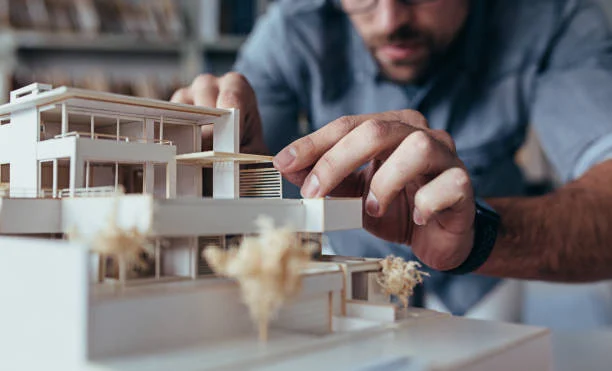The realm of architectural design extends far beyond aesthetics; functionality plays a pivotal role. When it comes to flat roofs, efficient water management is paramount, and that’s where flat roof drains step into the spotlight. In this guide, we delve into the significance of flat roof drain, their types, installation, and the benefits they bring to both residential and commercial structures.
Grappling with Water Woes The Need for Flat Roof Drains
Contents
- 1 Grappling with Water Woes The Need for Flat Roof Drains
- 2 Navigating the Drainage Landscape Understanding Flat Roof Drain Systems
- 3 The Anatomy of Flat Roof Drains Components and Functionality
- 4 Precision in Placement Calculating Drain Requirements
- 5 The Art of Installation Ensuring Proper Functionality
- 6 Combatting Ponding Averting Water Accumulation
- 7 Safety and Code Compliance Meeting Regulations
- 8 Aesthetic Considerations Seamless Integration
- 9 The Resilience of Efficiency Long-Term Benefits
Flat roofs, while visually appealing, often pose challenges when it comes to water drainage. Unlike pitched roofs where water naturally flows off, flat roofs require intentional systems to prevent water pooling, leaks, and structural damage. Flat roof drains become the heroes of this narrative, safeguarding your property from water-related woes.
Read Also: Revitalize Your Home The Ultimate Guide to Flat Roof Replacement
Flat roof drains come in various forms, each tailored to specific needs. Primary types include internal drains—situated within the roof’s perimeter—and scuppers, which are outlets through parapet walls. Additionally, gutter systems can complement these drains, channeling water away efficiently. Choosing the right type depends on factors like roof size, local climate, and aesthetic preferences.
Read Also: Exploring the Allure of Flat Roof Houses Merging Style and Functionality
The Anatomy of Flat Roof Drains Components and Functionality
Flat roof drains consist of several essential components, each contributing to their efficient operation. From strainers that prevent debris from clogging drains to downspouts that guide water away from the building’s foundation, these elements work in harmony to ensure optimal drainage.
Read Also: Exploring the Intricacies of the Mansard Roof Detail A Fusion of Elegance and Functionality
Precision in Placement Calculating Drain Requirements
Determining the number and placement of flat roof drains requires careful consideration. Factors such as roof size, slope, local rainfall intensity, and building codes influence these calculations. An accurate assessment ensures that water is efficiently channeled away, mitigating the risk of water-related damage.
Read Also: Modern Mansard Roof Redefining Contemporary Roofing Trends
The Art of Installation Ensuring Proper Functionality
The installation of flat roof drains demands precision and expertise. Professional roofers strategically position drains, ensuring they align with low points on the roof to facilitate water flow. Proper sealing and insulation prevent leaks, contributing to the longevity of the roofing system.
Combatting Ponding Averting Water Accumulation
One of the primary concerns on flat roofs is ponding—where water accumulates and forms stagnant pools. Flat roof drains play a vital role in combating ponding by swiftly directing water off the roof surface, preserving its integrity and preventing leaks that can compromise the building’s structure.
Safety and Code Compliance Meeting Regulations
Flat roof drains not only protect your property but also ensure adherence to safety regulations. Proper drainage prevents the excessive weight of pooled water, reducing the risk of roof collapse. Compliance with local building codes and regulations guarantees the safety of occupants and the longevity of your investment.
Aesthetic Considerations Seamless Integration
While the functional aspect of flat roof drains takes precedence, their design can also contribute to the overall aesthetic of the building. Thoughtful integration ensures that drains blend harmoniously with the architecture, maintaining the visual appeal without compromising functionality. Flat roof drains require regular maintenance to uphold their efficiency. Clearing debris, inspecting strainers, and ensuring unobstructed water flow are essential tasks that prevent clogs and guarantee the longevity of the drainage system.
The Resilience of Efficiency Long-Term Benefits
Investing in a well-designed flat roof drain system yields substantial long-term benefits. By mitigating water-related damage, preventing leaks, and preserving the structural integrity of your property, flat roof drains stand as champions of efficiency, ensuring your peace of mind and the longevity of your roofing investment.
The role of flat roof drains extends beyond functionality—it’s a testament to the seamless synergy between architecture and engineering. By understanding the importance of efficient water management, selecting the right drainage system, and prioritizing maintenance, you set the stage for a roofing structure that not only stands strong but also stands as a testament to the marriage of form and function.














